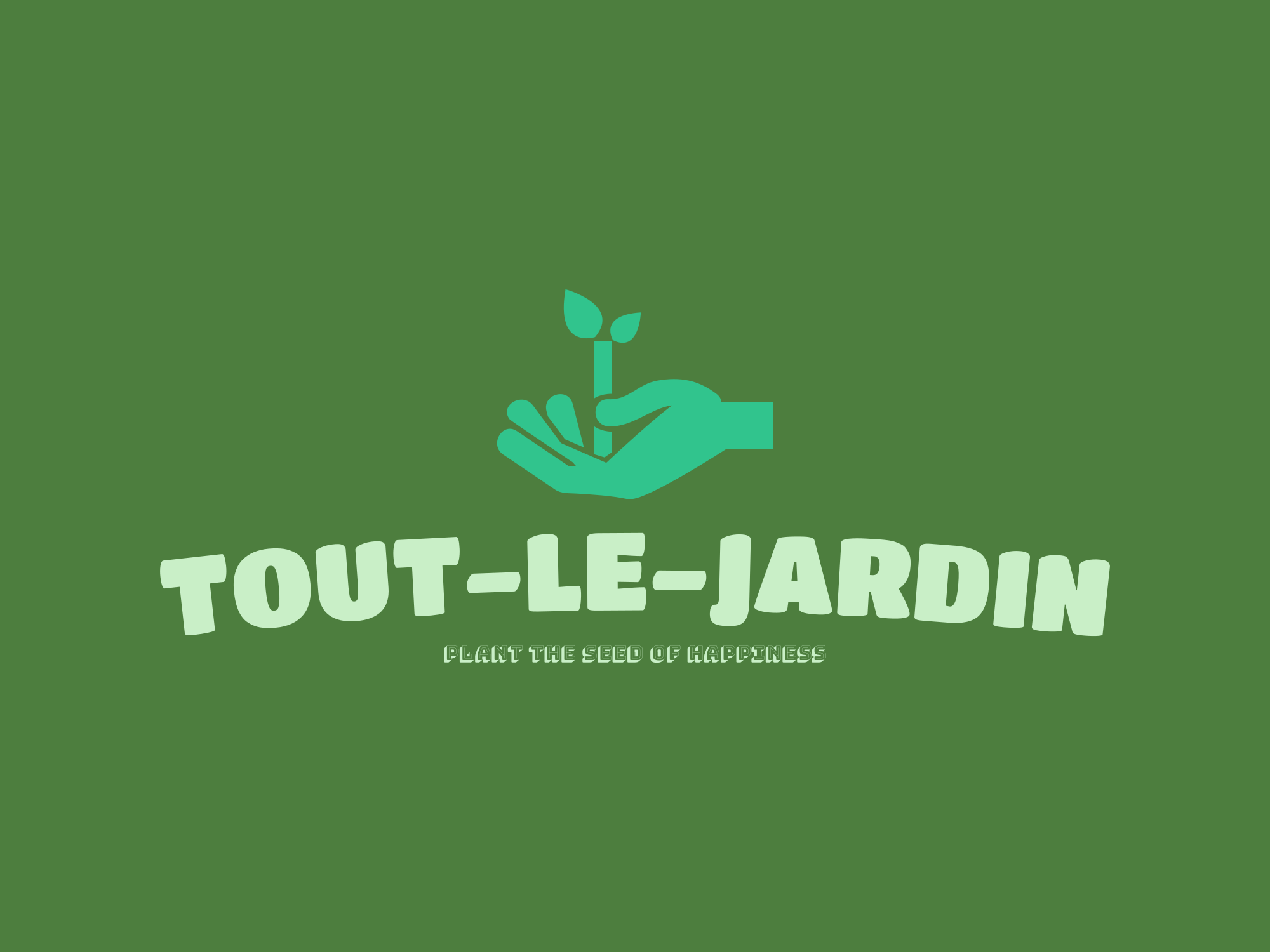In today’s digital age, having a website for your garden business is essential. But, simply having a website isn’t enough. To attract visitors and grow your online presence, you need to optimize your content for search engines. On-page SEO is a critical component of any successful SEO strategy, and it involves optimizing individual web pages to rank higher and earn more relevant traffic. In this article, we’ll discuss some best practices for on-page SEO for garden websites to help you improve your search engine rankings.
- Conduct Keyword Research
The first step in optimizing your on-page SEO is conducting keyword research. Identify keywords and phrases that your potential customers are likely to search for when looking for garden-related content. Use these keywords throughout your website’s pages, including in the page titles, meta descriptions, and body copy.
- Optimize Your Title Tags
Title tags are one of the most critical elements of on-page SEO. They appear in search engine results as the blue clickable links, and they should accurately and concisely describe the content of the page. Include your primary keywords in the title tag, and try to keep it under 60 characters.
- Write Descriptive Meta Descriptions
The meta description is a brief summary of the page’s content that appears under the title tag in search engine results. It’s an opportunity to entice searchers to click through to your website. Make sure your meta description is descriptive, includes your primary keyword, and is under 160 characters.
- Optimize Your Page Content
When creating your page content, ensure that it’s informative, engaging, and valuable to your audience. Use your primary keywords throughout the content, but don’t overdo it; too many keywords can negatively affect your rankings. Use headings and subheadings to organize your content and make it easier for readers to scan.
- Include Images and Alt Text
Images can enhance your content and make it more visually appealing, but they can also slow down your website if they’re not optimized. Use high-quality images that are relevant to your content, and include alt text that describes the image. Alt text is important because it helps search engines understand what the image is about and can improve your rankings.
- Make Your Website Mobile-Friendly
More people are accessing the internet on their mobile devices than ever before, which means having a mobile-friendly website is essential. Ensure that your website is responsive and adapts to different screen sizes. Google considers mobile-friendliness as a ranking factor, so having a mobile-friendly website can improve your search engine rankings.
In conclusion, on-page SEO is a critical component of any successful SEO strategy. By optimizing your title tags, meta descriptions, page content, images, and making your website mobile-friendly, you can improve your search engine rankings and attract more relevant traffic to your garden website. By following these best practices, you can set your garden business up for online success.


